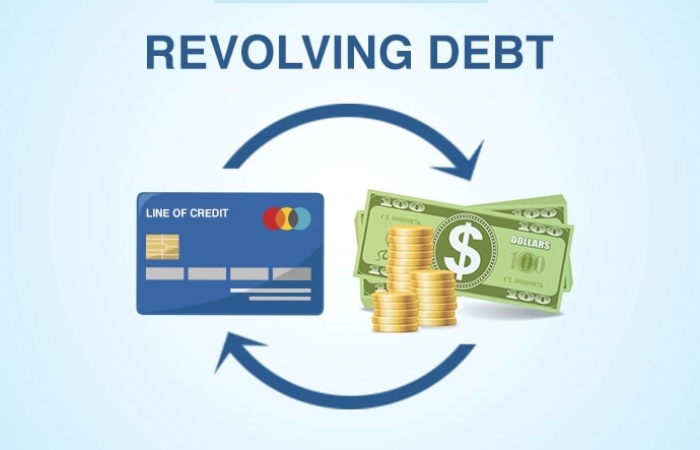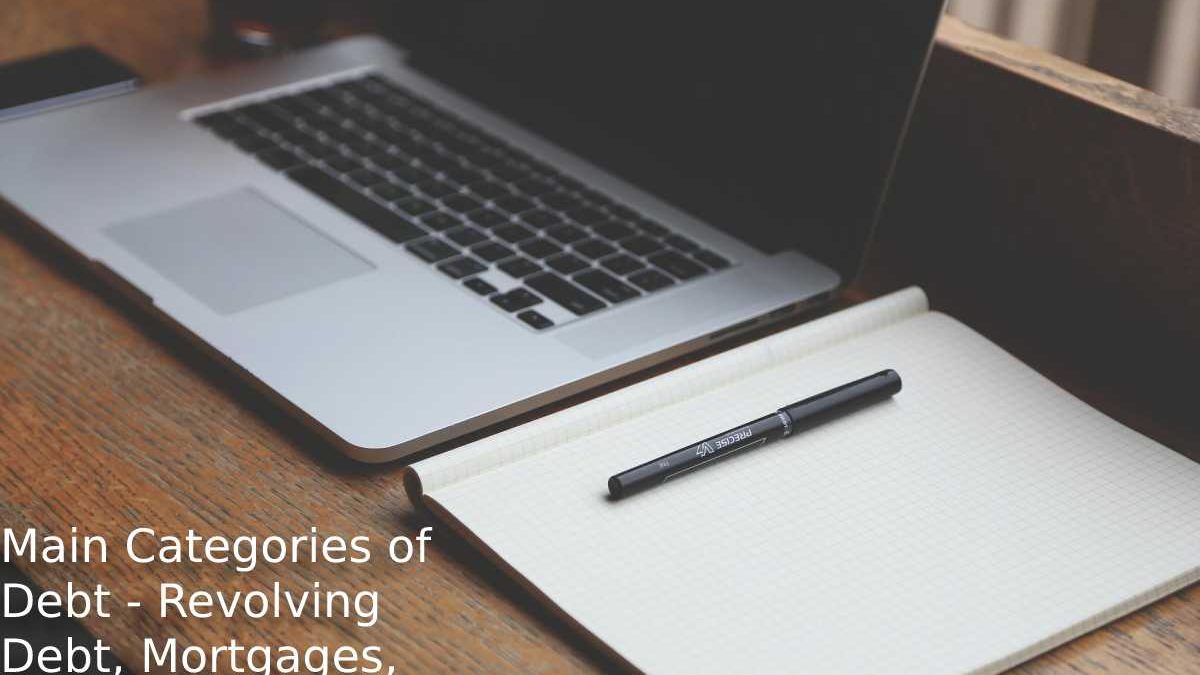A list of Every Debt is likely something you have dealt with at some point in your life. By providing borrowers with the required money, debt enables the financial markets to function smoothly. People, companies, and governments use debt instruments for various purposes.
These instruments come in various shapes, some more apparent than others. Keep reading to learn much more about debt instruments and the most typical kinds lenders issue.
Table of Contents
A Debt Instrument is What?
A debt instrument is a property that a person, company, or government can use to raise or make money through investments. For instance, a business could need to raise money to buy new machinery. Governmental organisations may also need finance to fund ongoing operations or infrastructure upgrades.
Essentially, this document serves as an IOU between the issuers and the buyers. Making a one-time lump sum payment to the issuer or borrower, the purchaser takes on the role of the lender. In return, the issuing business promises to repay the investor’s money in full later. In addition, these agreements frequently stipulate the payment of interest over time, which generates cumulative profit for the lender.
A thing designated as a debt instrument may continue to be one. Additionally, include conventional debt instruments like loans and credit cards and fixed-income investments like bonds and other securities. The borrower commits to repay the debt plus interest over time, as mentioned before.
The most typical types of debt instruments in the financial sector, ranging from fixed-income assets to other facilities, are listed below.
Categories of Debt
Creating a list of every debt you have, most Americans encounter some form of debt. But, not all obligations are created equally. And some are considered better than others.
However, could you create a list of every debt you have? While debt comes in several states, all personal debt (not corporate or government) can be categorized into a few main types.
1. Secured Debt
Secured debt is slightly debt back by an asset for collateral drives. If the loan is not paid, the lender has the option to repossess the asset.
- A credit check is needing for the lender to judge how responsibly the debt has been handling in the past, but the lender is promising support if the borrower defaults on the loan.
- A car loan is an example of secured debt. A lender provides you with the cash needed to purchase it and places a lien, or ownership claim, on the vehicle’s title.
- If the car buyer defaults, the lender can repossess the car and sell it to recover the funds.
- Here Secured loans like this have a fairly reasonable interest rate, which is usually based on your creditworthiness and collateral value.
2. Revolving Debt

- Revolving debt is an agreement between a lender and a consumer that allows the consumer to repeatedly borrow an amount up to a maximum limit.
- Here a line of credit or a credit card are examples of revolving debt. However, a credit card has a credit limit, and the consumer is free to spend any amount below the limit until the limit is reaching.
- Revolving debt payment amounts vary depending on the portion of funds currently on loan. Revolving debt can be unsecuring, like a credit card, or securing, like a home equity line of credit.
3. Mortgages
- Mortgages are the most mutual and most considerable debt that many consumers have.
- The Mortgages are loans making to buy houses, with the real estate in question serving as collateral.
- A mortgage generally has the lowest interest rate of any consumer loan product, and the interest is often tax-deductible for those who itemize their taxes.
- Mortgage loans are most commonly issuing in 15 or 30 years to keep monthly payments affordable for homeowners.
4. Unsecured Debt
- Unsecured debt lacks any collateral. When a lender makes a loan without any assets as collateral. It does so solely on faith in the borrower’s ability and promise to repay the loan.
- However, the borrower is bounding by a contractual agreement to repay the funds, And if there is a default, the lender can go to court to claim the money owed.
- Though doing so comes at a high cost to the lender. And for this reason, unsecured debt typically carries a higher interest rate.
- Roughly examples of unsecured debt include credit cards, exclusive loans, gym membership contracts, and medical bills.
Is a Mortgage Debt a Tool?
Mortgages. These debt instruments are employed to fund the acquisition of real estate, such as a plot of land, a house, or a piece of commercial property. As mortgages are amortised over a certain timeframe, the borrower is able to make payments up until the loan is fully repaid. Throughout the course of the loan, lenders also get interest payments. Four kinds of debt are frequently used: secured, unsecured, revolving, and installment. You’ll also notice that categories frequently overlap.
Mortgage debt ranks first among all types of debt in the United States. Credit card debt, vehicle loans, and school loans are a few other frequent forms of debt.
How Does Revolving Debt Differ From Installment Debt?
If your accounts are open and your credit limit hasn’t remained reached, you have revolving debt, which is credit that you can continuously draw on. Credit cards and lines of credit are typical examples of constant debt used up.
In contrast, instalment debt must remain repaid with a predetermined interest rate over a predetermined period. Personal loans and student loans are two typical types of instalment debt.
Home Equity Line of Credit
Basically, a loan secured by a mortgaged property. Think of it as a second mortgage. It functions as a revolving credit line that gives you access to a credit limit determined by the value of your house. Additionally, interest rates can change.
However, unlike a credit card, you have a predetermined time window to make charges, known as the draw period. In addition to a draw amount up front, lenders could charge a monthly or yearly fee. You’ll have to pay off the sum within a specific time frame or risk losing your house once the payback period starts, typically after around ten years.

